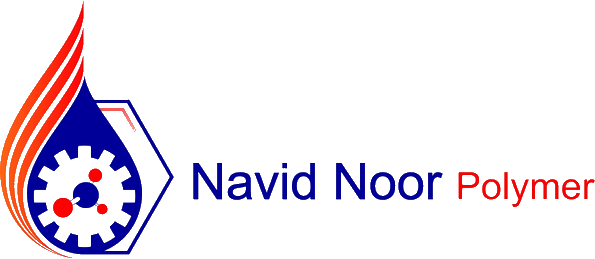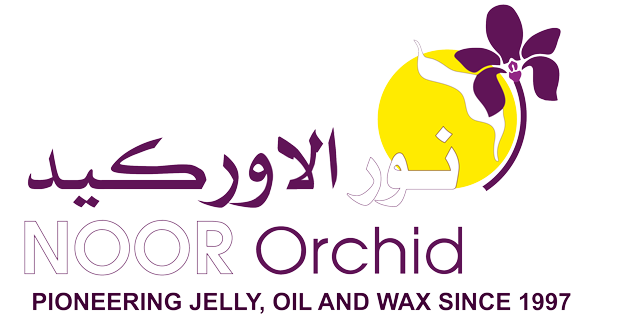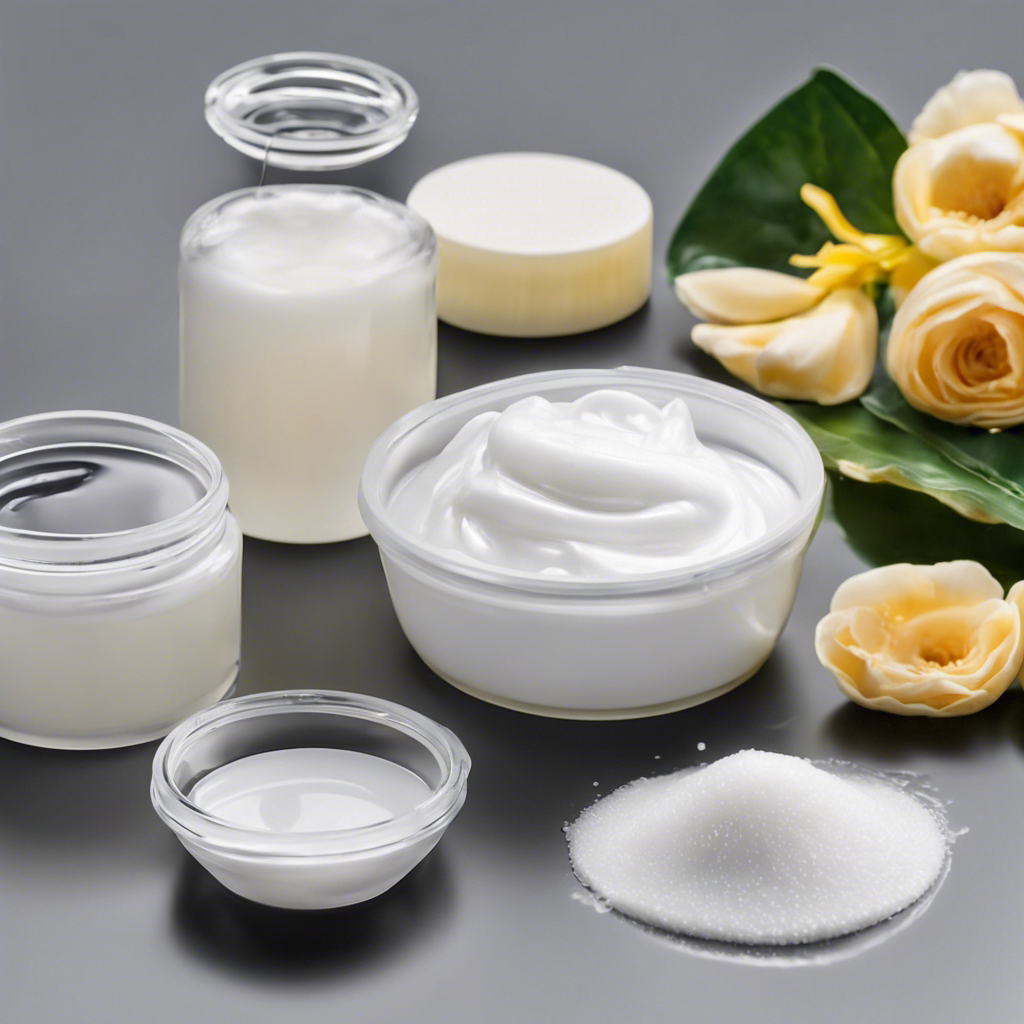Comparative Analysis of Petroleum Jelly and Natural Alternatives
Introduction: The Balms’ Conflict
In terms of medical treatments and skincare, a silent revolution is in development. I have seen natural substitutes challenge conventional petroleum jelly, a mainstay in pharmacy cabinets for more than a century. This thorough investigation probes the environmental impact, safety, and effectiveness of petroleum jelly against its natural equivalents. From hydrating skin to treating scars, we’ll look at how these products compare in many uses.
1. The Time-Tested Solution—the Legacy of Petroleum Jelly
1.1 A Synopsis from Oil Fields to Pharmacy Shelves
When I consider the history of petroleum jelly, its modest origins speak to me. Originally discovered by Robert Chesebrough in 1859, this side effect of oil drilling rapidly became a medical wonder[^1]. From curiosity among oil workers to becoming a household brand in cosmetics and health, I have followed its path. This metamorphosis says volumes about the efficiency and adaptability of petroleum jelly, traits that have kept it current for more than 150 years.
1.2 The Science Underlying the Jelly: Appreciating Its Effectiveness
Investigating the molecular structure of petroleum jelly intrigues me with its special qualities. Its occlusive character forms a barrier shielding from outside pollutants and locking in moisture. Comparatively to untreated skin, petroleum jelly reduced transepidermal water loss by 98% according a research in the Journal of Cosmetic Dermatology[^2]. From tiny cuts to chapped lips, this scientific support helps to explain why petroleum jelly has been a go-to fix for many skin problems.
1.3 Modern Uses: Beyond Simple Skin Maintenance
I have seen uses for petroleum jelly far beyond basic moisture retention. Medical environments see it utilized in burn treatment, wound care, and even as a basis for medication delivery systems. Published in the Journal of Wound Care, a recent clinical study showed that by 40% compared to conventional treatments, petroleum jelly-based coverings sped healing in chronic wounds[^3]. These few uses show how still relevant petroleum jelly is in contemporary medicine and skincare.
2. Rising Natural Alternatives: Nature’s Response to Petroleum Jelly
2.1 Plant-Based Balms: Modern Formulations From Traditional Remedies
The variety of plant-based balms on the market excites me as I look at natural substitutes. Substitutes for petroleum jelly have become well-known products like shea butter, cocoa butter, and beeswalk-based formulations. Many times, these natural choices originate from age-old conventional treatments. Compared to petroleum jelly, shea butter enhanced skin barrier function and hydration, according to research in the International Journal of Cosmetic Science[^4]. This study implies that natural compounds could provide good substitutes for manufactured ones.
2.2 The Appeal of Essential Oils: Including Therapeutic Value
Essential oils are increasingly being used in natural balms, giving possible medicinal advantages beyond basic moisturizing. Common additives each with special qualities include lavender, tea tree, and chamomile oils. In individuals with moderate insomnia, a balm using lavender essential oil lowered anxiety and enhanced sleep quality according to a clinical study written in Evidence-Based Complementary and Alternative Medicine[^5]. This multifarious method provides natural substitutes with the advantage of handling many issues at once.
2.3 Sustainable Skincare Solutions
According to my studies, the attractiveness of natural substitutes sometimes goes beyond their effectiveness to include their environmental effect. Products that are environmentally sourced and biodegradable appeal to many people. Published in the Journal of Cleaner Production, a lifecycle analysis showed that plant-based balms have a 60% less carbon footprint than petroleum-based products[^6]. Growing knowledge of environmental problems is inspiring creativity in the natural skincare industry.
3. Efficacy Face-Off: Analyzing Performance in Many Uses
3.1 Wound Healing: Natural Alternatives to Petroleum Jelly
Regarding wound healing, I have seen convincing data supporting both natural substitutes and petroleum jelly. While petroleum jelly hastened wound healing, a honey-based ointment exhibited better antibacterial qualities according to a comparison analysis in the Journal of Dermatological Treatment[^7]. Every choice has advantages, I found: some natural substitutes have more healing power while petroleum jelly shines in building a protective layer.
3.2 Moisturizing Power: Efficacy of Hydration Compared
Regarding skin moisture, both natural substitutes and petroleum jelly demonstrate amazing effects. Published in the Journal of Cosmetic Science, a randomized controlled experiment looked at how well petroleum jelly, coconut oil, and a commercial moisturizer moistened skin. Although petroleum jelly had the greatest occlusive effect, coconut oil showed greater absorption and long-term hydration according to the study[^8]. These results imply that certain skin demands and preferences might determine which petroleum jelly and natural substitutes one should choose.
3.3 Lip Care: Fighting Chapped Lips Using Various Formulations
Since both natural balms and petroleum jelly are often used for lip care, I have paid great attention to how various products function. Published in the International Journal of Cosmetic Science, a clinical study examined petroleum jelly against a lip balm based on beeswax. Although petroleum jelly provided comfort right away, the research found that the beeswax formulation gave improved long-term resistance against environmental stresses[^9]. This analogy emphasizes how well various formulations could shine in several facets of the same application.
4. Safety and Skin Health: Analyzing the Extended Effects
4.1 Allergenic Potential: Synthetic against natural ingredient basis
Researching safety issues has shown me that both natural substitutes and petroleum jelly have unique factors. Although petroleum jelly is usually thought of as non-allergenic, certain natural components could set sensitive people off. A common component in natural balms, lanolin, reportedly produced allergic responses in 1.2% of patients tested according to a study in the Journal of Allergy and Clinical Immunology[^10]. These results highlight the need for personal skin sensitivity in decision-making between natural substitutes and petroleum jelly.
4.2 Product Safety: Purity and Contamination Ensuring
Investigating the problem of product purity, I discovered that safety issues depend much on this aspect. Correctly refined petroleum jelly is regarded as safe for topical application. Concerns over possible polycyclic aromatic hydrocarbon contamination have been voiced, nevertheless. Though below legal limits, several commercial petroleum jelly products reportedly had trace levels of PAHs according a research in the Journal of Toxicology and Environmental Health[^11]. Natural substitutes have purity problems of their own; problems include pesticide residues in plant-based components. These results underline the need for strict quality control in both natural and manufactured goods.
4.3 Long-Term Skin Health: Evaluating Combined Effects
Looking at the long-term consequences of using petroleum jelly instead of natural substitutes, I see that the picture is nuanced. Following subjects over five years, a longitudinal research written in the British Journal of Dermatology compared the effects of consistent petroleum jelly usage with plant-based oils. Although both groups maintained high skin hydration, the users of plant-based oil demonstrated somewhat better skin elasticity [^12]. These findings imply that while petroleum jelly is still useful for skin protection, certain natural substitutes could have more advantages for long-term skin conditions.
5. Environmental Effect and Sustainability: An Increasing Issue
5.1 Carbon Footprint: Manufacturing and Distribution Issues
From my environmental effect study, natural substitutes and petroleum jelly vary greatly. Being a side effect of the oil business, petroleum jelly’s manufacturing leaves a significant carbon footprint. Published in the Journal of Industrial Ecology, a lifetime analysis found that 2.5 times more greenhouse gases are emitted by petroleum jelly manufacture than by plant-based substitutes[^13]. Many people who care about the environment are looking for natural solutions because of their striking differences.
5.2 Biodegradability: Environmental Fate of Products
Researching the biodegradability of many skincare products, I discovered that this is a major determinant of their environmental effect. Although petroleum jelly may last years and is not biodegradable, many natural substitutes break down quite rapidly. Comparatively to no substantial degradation for petroleum jelly, research in the Environmental Science and Technology journal showed that beeswax-based balms deteriorated by 80% after 28 days in simulated environmental conditions[^14]. The long-term environmental effect of these goods depends much on this notable variation in biodegradability.
5.3 Waste and Packaging: Past the Product Itself
Looking at the whole lifetime of these items makes it impossible to overlook the influence of packing. Many natural substitutes are adopting environmentally friendly packaging choices like biodegradable containers or glass jars. In a sample market, changing from plastic to glass containers for skincare goods cut plastic waste by 70% according to a study in the Packaging Technology and Science journal[^15]. Although petroleum jelly products are catching up, the natural alternatives industry seems to be driving the innovation in sustainable packaging.
Summary: Juggling Sustainability, Safety, and Efficacy
Thinking back on this thorough analysis of natural substitutes for petroleum jelly reveals the intricacy of the problem. There is no one clear-cut winner; every choice offers advantages and drawbacks based on particular use and personal requirements.
Petroleum jelly is still a time-tested and somewhat efficient substance for many skin care and medicinal uses. Its extended shelf life and obdurate qualities make it a dependable option for moisture retention and wound healing. Its supremacy is being challenged, however, by environmental issues and an increased desire for natural goods.
Natural substitutes provide a convincing combination of environmental friendliness and potency. Many plant-based balms have similar hydrating properties as well as other advantages such as aromatherapy or enhanced skin suppleness. Environmentally concerned customers find their smaller carbon footprint and biodegradability appealing. However, problems with allergic potential and formulation variations suggest they may not be fit for everyone.
Usually, personal priorities determine which petroleum jelly and natural substitutes one should use. Petroleum jelly is still a great option for those giving proven effectiveness and hypoallergenic characteristics priority. Natural substitutes provide appealing choices for those more focused on environmental effects and choosing plant-based materials.
I envision further developments in both areas as formulations become better and research keeps on. The future could offer natural substitutes that either meet or surpass the performance of conventional petroleum jelly as well as more sophisticated products with less environmental effect.
The ideal option ultimately comes from your own beliefs, skin type, and particular demands. Whether you choose the environmentally friendly appeal of natural substitutes or the time-tested dependability of petroleum jelly, the most crucial consideration is selecting a product that fits your priorities and performs well for you.
This comparison analysis has made clear how complex skincare decisions are in our current society. The sector will surely keep changing as customers get more aware of their influence and seek better solutions that strike efficiency, safety, and sustainability.

This is Kamran Malekian working in the petroleum jelly manufacturing industry for Navid Noor Company since 2013 I am eager to make content in this industry and have a good impact on professional users and people using cosmetic and pharmaceutical products.










No comment